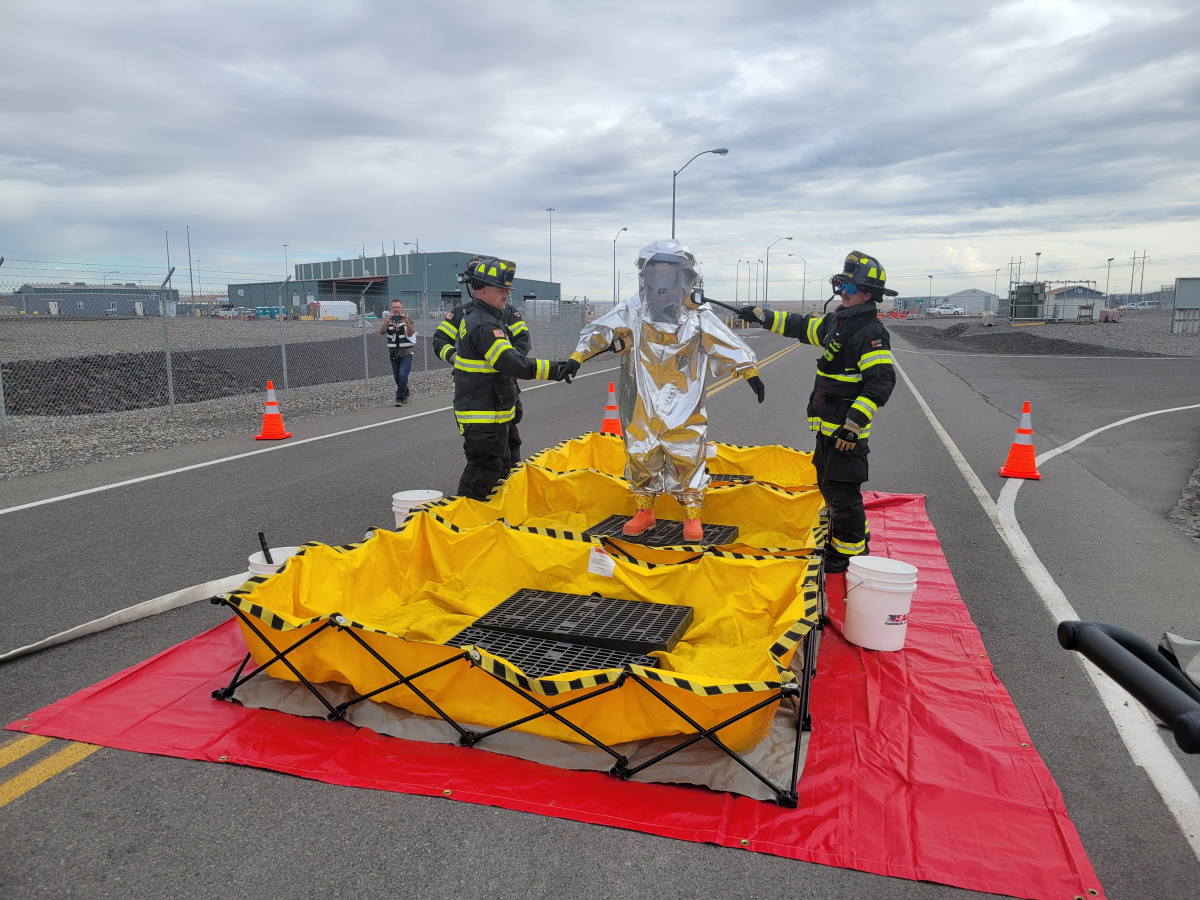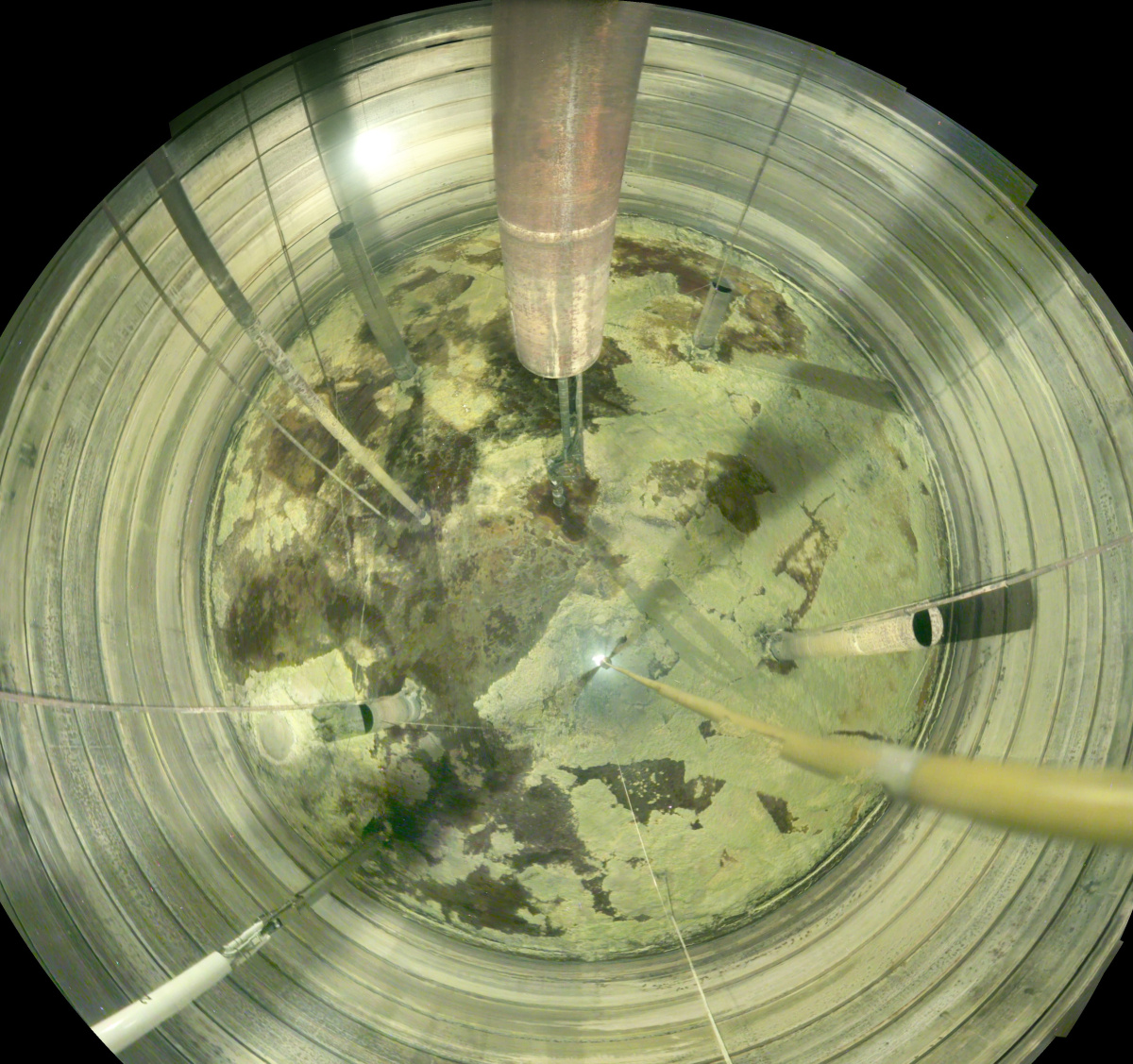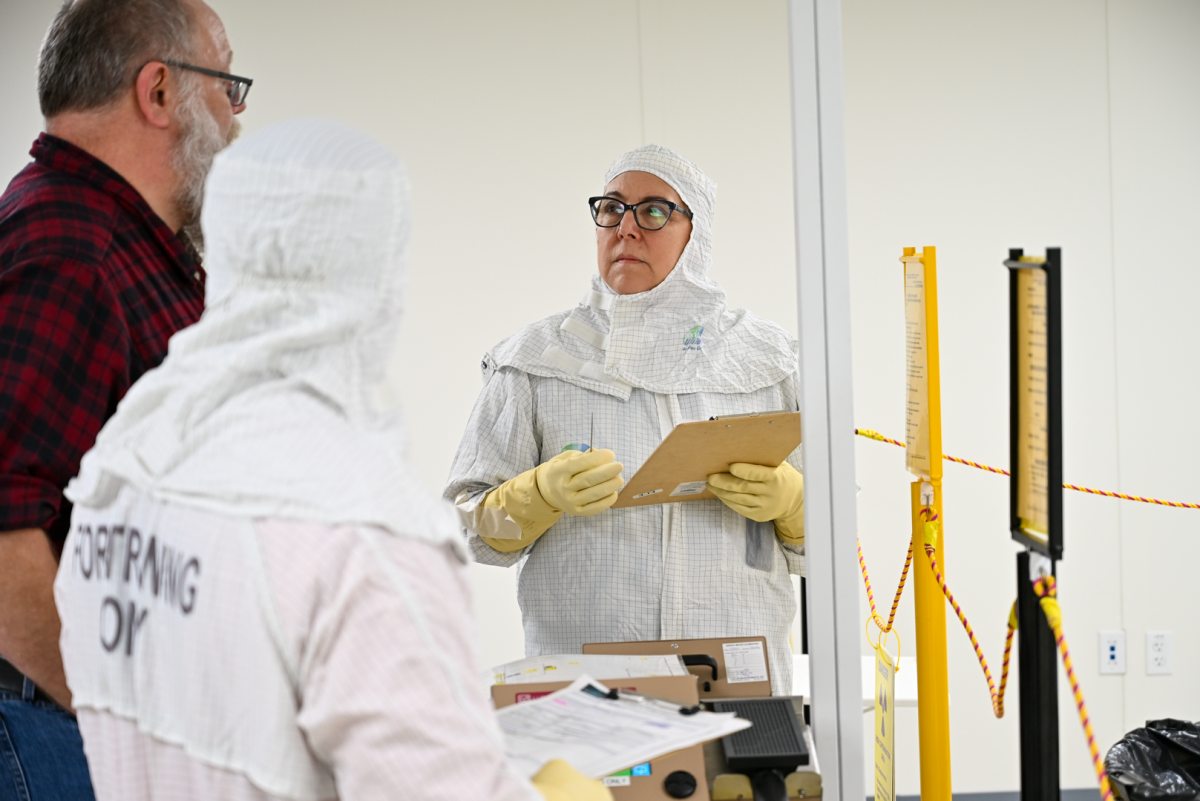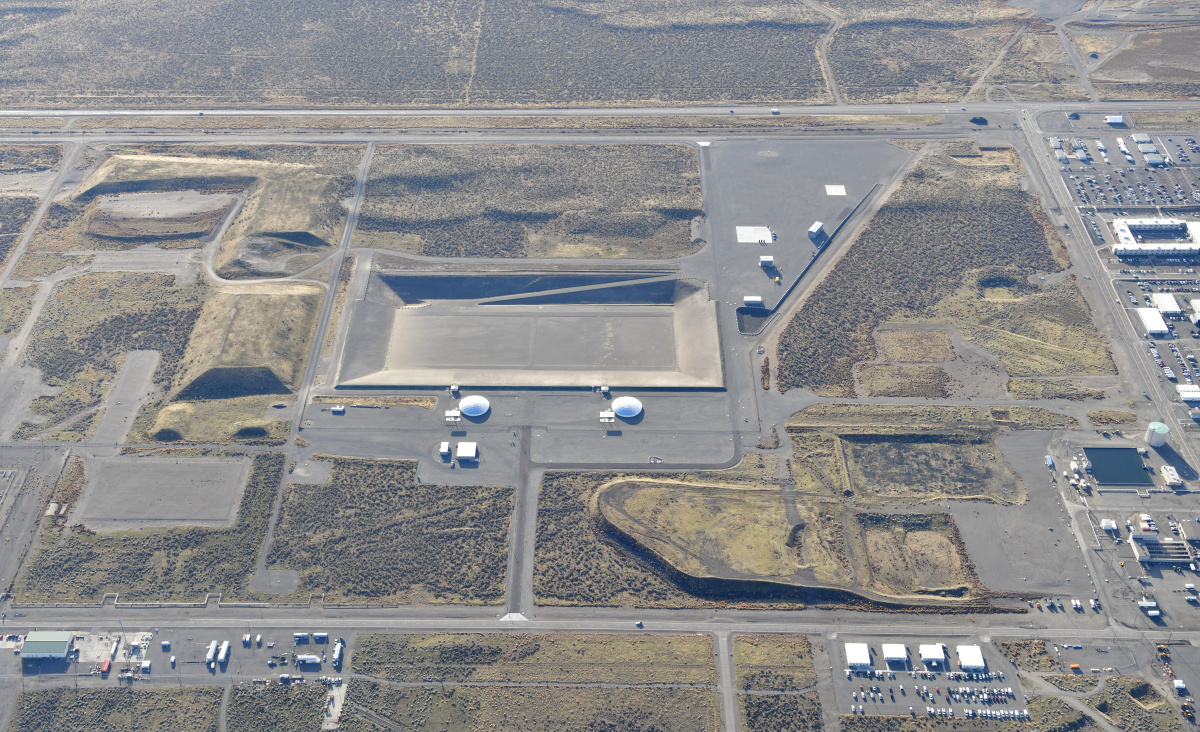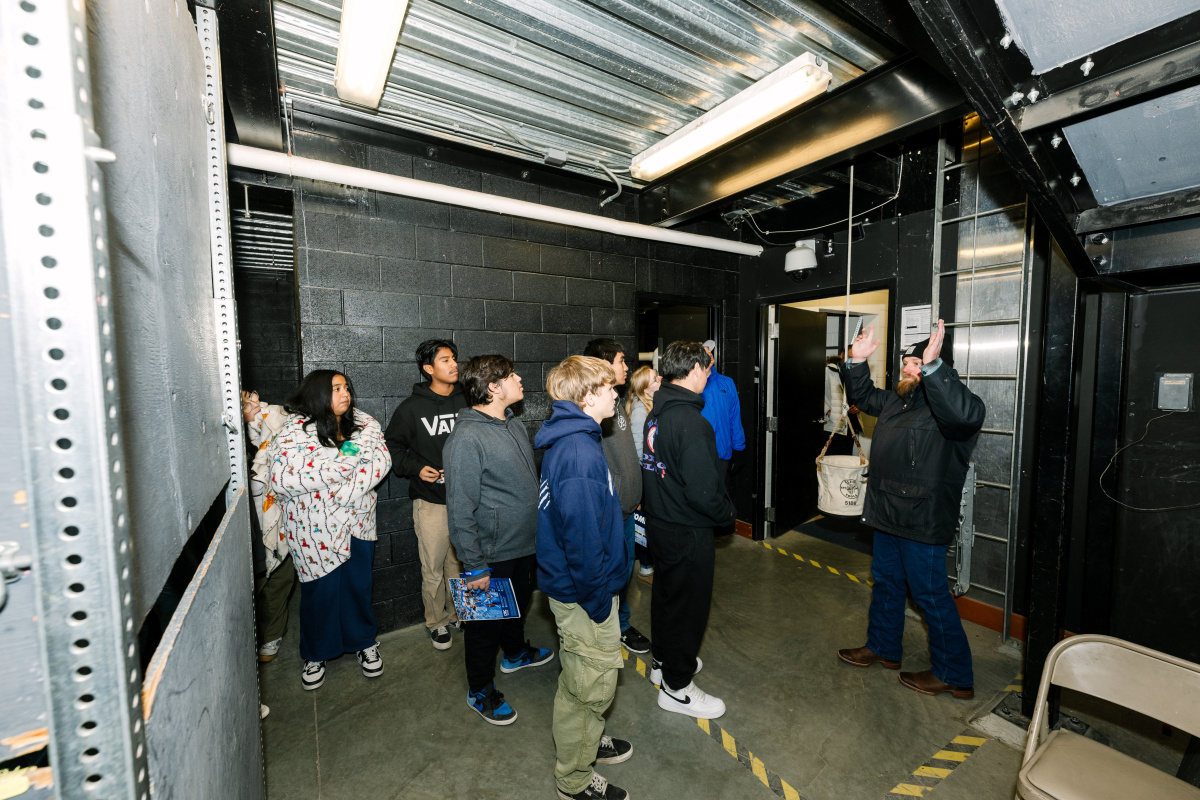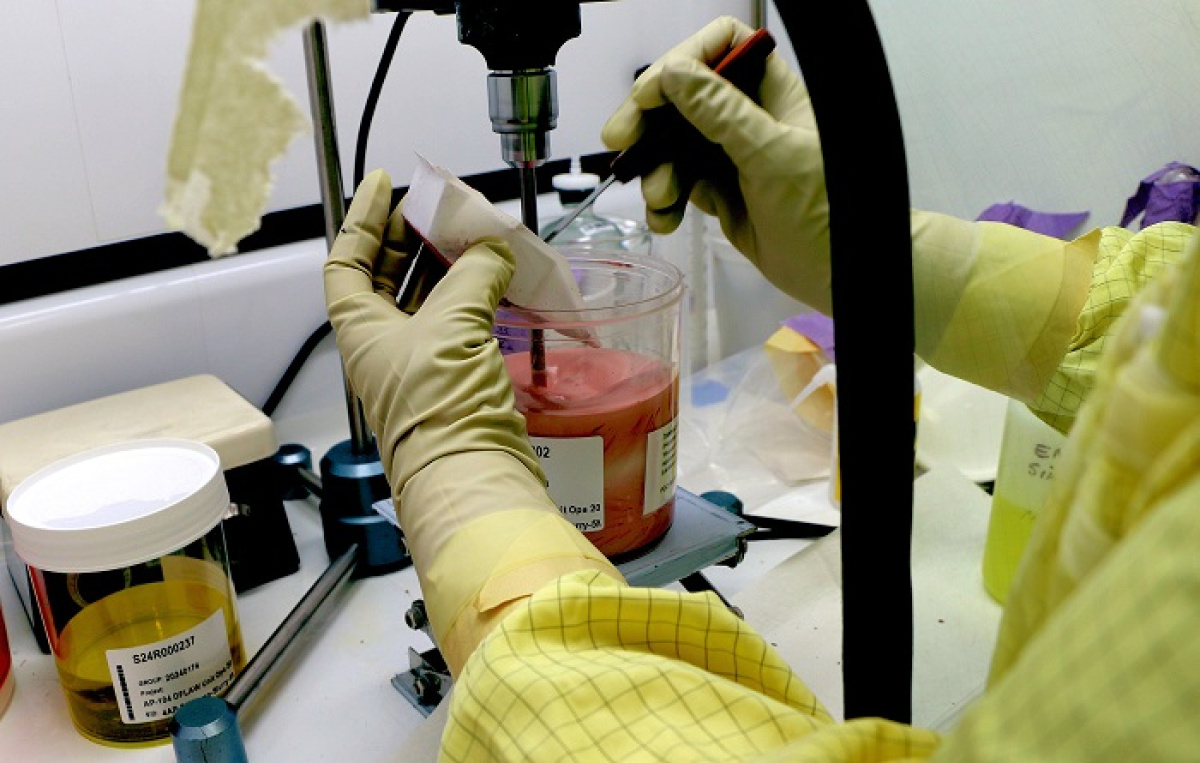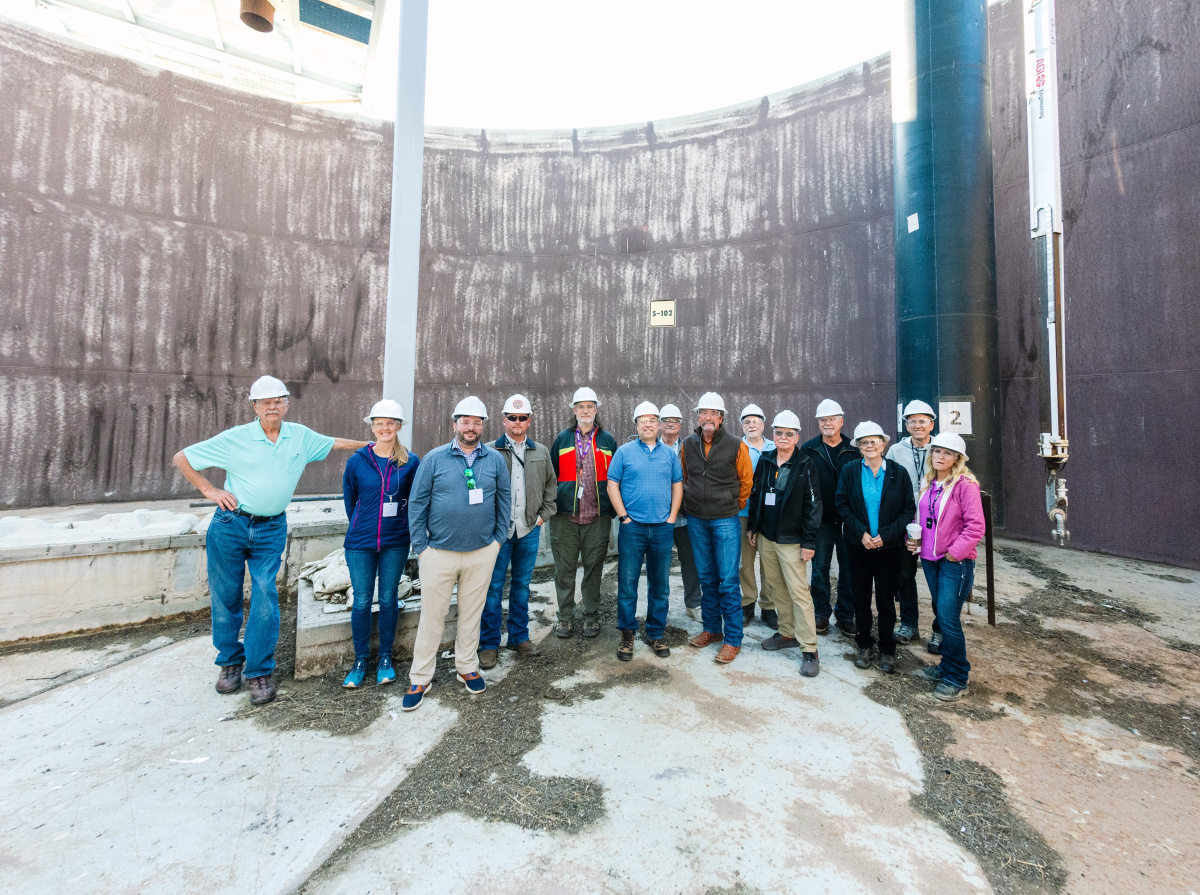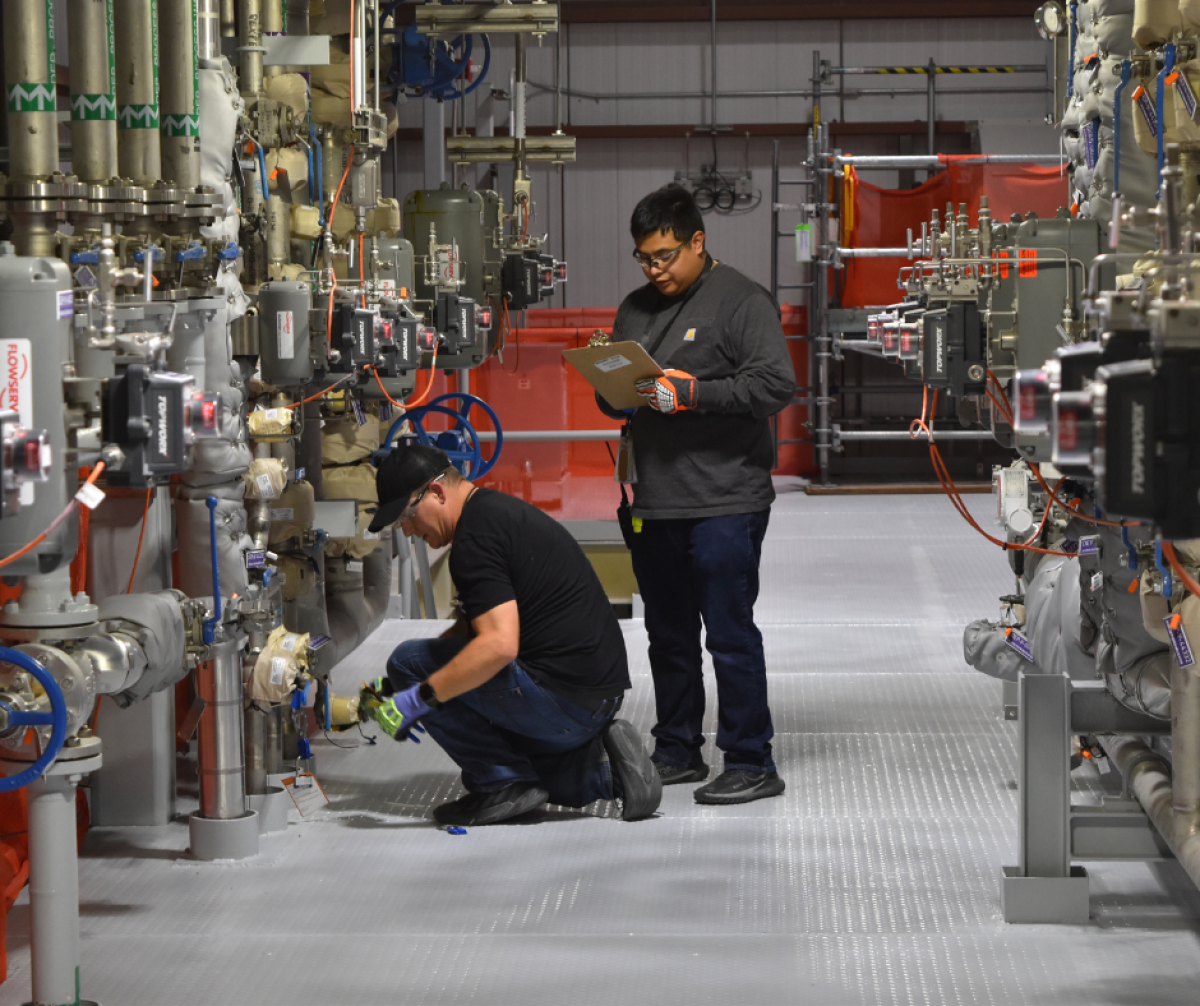The Hanford site, a 580-square-mile section of semi-arid desert in southeast Washington, was established in 1943 as part of the Manhattan Project to produce plutonium for national defense. Hanford produced nearly two-thirds of the plutonium used in the US nuclear weapons stockpile, including materials for the Trinity Test and atomic bombs used to help end World War II.
Hanford Photo Gallery
Hanford News
-
Assistant Secretary Tim Walsh welcomed U.S. Secretary of Energy Chris Wright to the Hanford Site.December 9, 2025
-
The Hanford Site’s Waste Treatment and Immobilization Plant has reached another major commissioning milestone, producing more than 20 stainless steel containers of immobilized low-activity waste. December 9, 2025December 9, 2025
-
Crews at the Hanford Site have safely moved more than 130 large waste containers from two outdoor storage areas at the Central Waste Complex, completing a significant risk-reduction project a year ahead of schedule. December 9, 2025December 9, 2025
-
Workers at the Hanford Site have made room for more than 1 million gallons of waste storage, supporting cleanup efforts to transfer waste from older underground tanks to newer, double-shell tanks. November 25, 2025November 25, 2025
-
A collaborative initiative among training professionals at the Hanford Site is building stronger partnerships and improving the way training is developed and delivered in support of the U.S. Department of Energy’s mission of safe and efficient cleanup. November 25, 2025November 25, 2025
-
Crews have removed a large office building at the Hanford Site that supported the former Fast Flux Test Facility, a nuclear research and test reactor. November 18, 2025November 18, 2025

Manager
Ray Geimer is the manager of the DOE Hanford Field Office. In this capacity, Geimer is responsible for an overall annual budget of $3 billion, and oversight of the contractors and more than 13,000 employees involved in cleanup of the 580-square-mile Hanford site. In his role as manager, Geimer is responsible for the safe and environmentally acceptable cleanup of the site, including groundwater remediation; hazardous waste and facilities decontamination and disposal operations; treatment and disposal of radioactive chemical liquid waste; and the design, construction and commissioning of the world’s largest complex of nuclear vitrification facilities, the Waste Treatment and Immobilization Plant.
Click here for full his full biography.

| Office | FY24 Request (in the millions) | FY24 Enacted (in the millions) | FY25 Request (in the millions) | FY25 Enacted (in the millions) | FY26 Request (in the millions) |
|---|---|---|---|---|---|
| Office of River Protection | $1,975 | $1,890 | $2,001 | $1,937 | $2,100 |
| Richland Operations | $1,025 | $1,146 | $1,107 | $1,134 | $971 |
For more information on the Office of Environmental Management's budget process and performance check out the Budget & Performance page.


